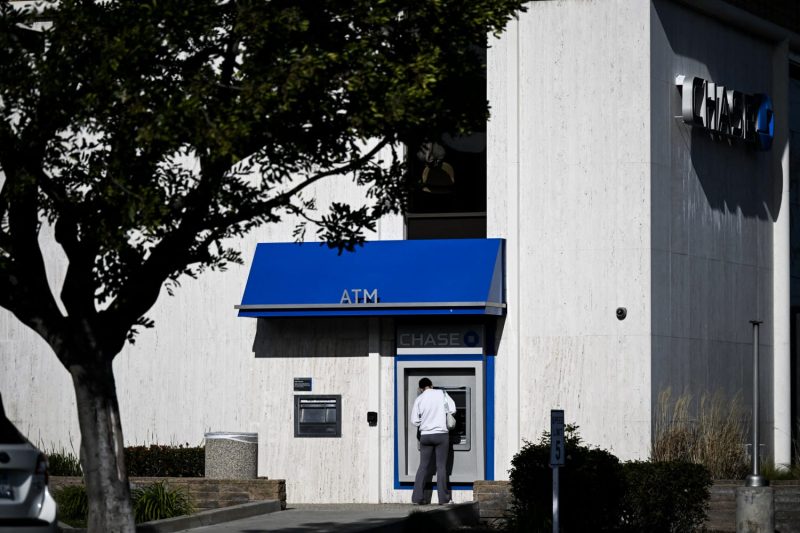**The Rise of Cybercrimes and the Financial Industry’s Response**
In recent years, the world has witnessed a significant increase in cybercrimes, ranging from hacking to sophisticated scams targeting both individuals and corporations. The financial industry, in particular, has been a prime target for cybercriminals due to the sensitive nature of the data and assets it holds. One of the most recent cases that has garnered attention is JPMorgan’s decision to sue customers who allegedly exploited an infinite money glitch to steal thousands of dollars from the bank.
The digital landscape has transformed the way financial institutions operate, offering convenience and efficiency but also exposing vulnerabilities that can be exploited by cybercriminals. As banks race to adopt new technologies and digital services to meet the demands of a rapidly evolving market, they must also enhance their cybersecurity measures to protect their systems and customers from malicious attacks.
In the case of JPMorgan, the alleged exploitation of an infinite money glitch by customers raises questions about the security protocols and monitoring systems in place to detect unauthorized activities. While glitches and vulnerabilities in banking systems are not uncommon, the intentional abuse of such loopholes by customers underscores the need for continuous monitoring and oversight to prevent fraudulent activities.
The lawsuit filed by JPMorgan against the customers involved in the alleged theft sends a strong message that financial institutions will not tolerate illegal activities that compromise the integrity of their systems and jeopardize the security of their customers’ accounts. By taking legal action against those responsible for the theft, JPMorgan is not only seeking restitution but also aiming to deter others from engaging in similar criminal activities in the future.
Addressing cybersecurity threats in the financial industry requires a coordinated effort involving technology, regulations, and customer awareness. Banks and financial institutions must invest in robust cybersecurity measures, including encryption, multi-factor authentication, and real-time monitoring, to detect and respond to potential threats before they escalate into significant breaches.
Moreover, regulatory bodies must continue to strengthen cybersecurity regulations and guidelines to hold financial institutions accountable for safeguarding customer data and assets. Transparency and clear communication with customers about cybersecurity best practices are also essential in building trust and ensuring that customers are aware of potential risks and how to protect themselves from cyber threats.
As the financial industry navigates the complex terrain of cybersecurity, the incident involving JPMorgan and the alleged theft through an infinite money glitch serves as a wake-up call for banks and customers alike. Cybercrimes are a persistent threat that requires vigilance and proactive measures to mitigate risks and protect the integrity of the financial system. By working together, financial institutions, regulators, and customers can strengthen cybersecurity defenses and ensure a safe and secure digital environment for all stakeholders.
